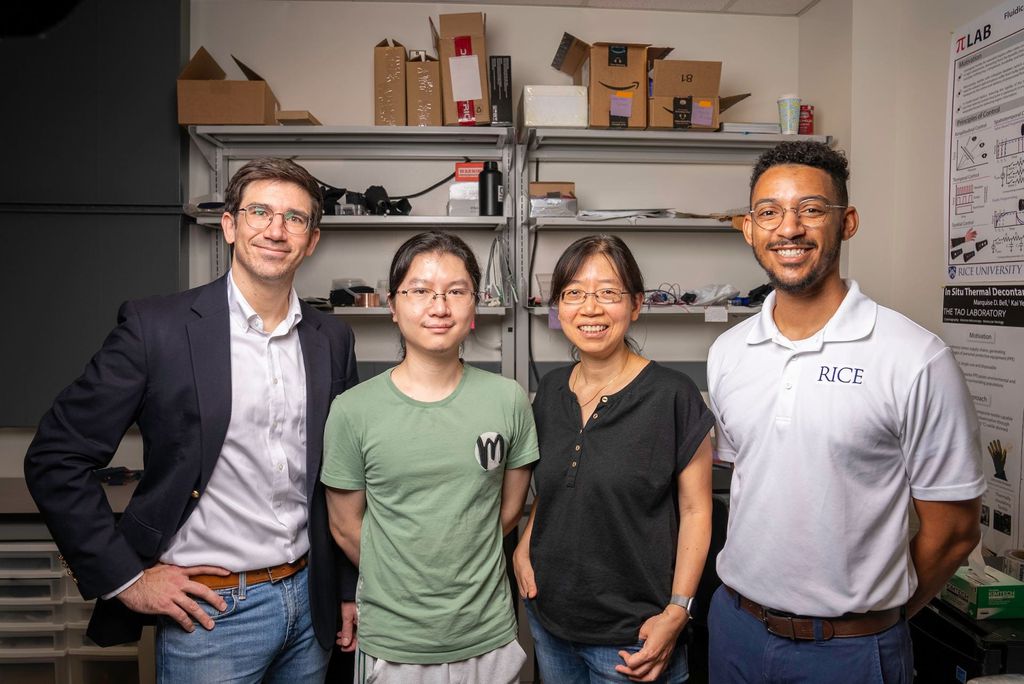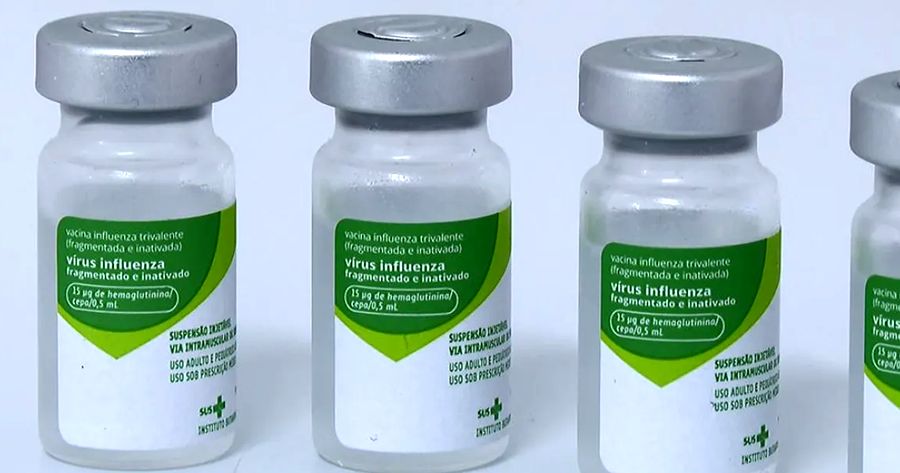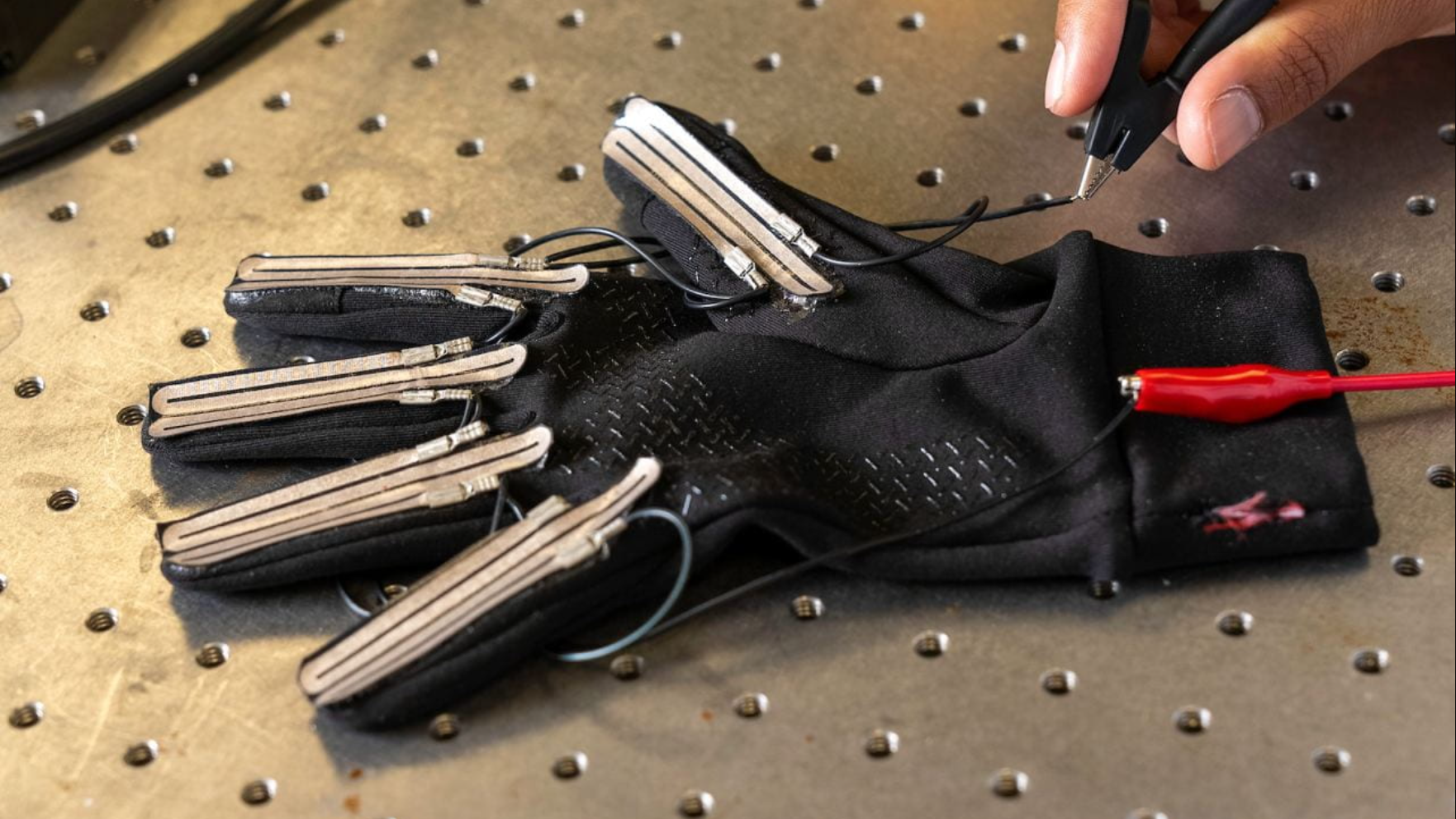A new material that uses a combination of heat- and electric-current-resistant elastic fabrics could be used to make personal protective equipment (PPE) capable of inactivating viruses with heat alone – and without burning the wearers. The new composite fabric uses the Joule effect (defined by the generation of heat from an electrical current in a conductor) to disinfect surfaces, neutralizing at least 99.9% of viruses on the surface.
Items such as gloves made from the new product can be used hundreds of times safely, avoiding up to 9kg of waste that can be generated with disposable nitrile gloves, which are common in hospitals. According to the scientists responsible for developing the material, the explosive growth in PPE disposal and problems with the supply network during the pandemic demonstrated the need to create reusable equipment.
Burn without danger
This technology allows you to use gloves or other equipment made from it, and not even take them off to remove contamination, as the process is completed in seconds, allowing you to return to your tasks immediately. The cloth uses an electric current to heat the outer part of it to temperatures exceeding 100 degrees Celsius, while leaving the inner part relatively cool, not exceeding 36 degrees Celsius, which is the temperature of the human body.
Naturally, the equipment needs to be hot enough to efficiently inactivate viruses like SARS-CoV-2, but not so hot that it burns the user or causes discomfort. This is the part that Rice University engineers focused on, as they created safety mechanisms that ensure the safety of the material.
Dry heating, compared to other decontamination methods, tends to be more reliable and less likely to damage protective equipment. However, making clothing that can be heated to the right temperature for the task requires a lot of work.
Laboratory tests have focused on thermal inactivation of viruses, starting in pandemics to understand the mechanism of “switching off” pathogens and how this process is accelerated at high temperatures.

At the beginning of the studies, issues of material design were also considered, testing their ability to self-disinfect – for those who saw the experiments in the virology laboratory being used, such as biologist Yiji Jintao, the way the data came close to expectations was “impressive”.
Disinfect future gloves and space suits
In the laboratory, the gloves were tested only against the virus that causes COVID-19, and the material performed well in infection tests, promising similar protective efficacy against other viral pathogens. According to scientists, given the temperature difference between the outside and the inside, the gloves are surprisingly light and flexible.
This principle is similar to that of spacesuits, which consist of several layers, the innermost layer having the greatest functionality, being covered by thermally insulated layers complemented by a protective layer on the outside. The plan is to use smart fabrics, such as those produced by the research, to integrate with spacesuits and other personal protective equipment, reducing their weight while adding functionality.
source: Rice University, ACS Applied Materials and Interfaces

“Wannabe internet buff. Future teen idol. Hardcore zombie guru. Gamer. Avid creator. Entrepreneur. Bacon ninja.”







More Stories
Teresópolis expands the scope of influenza vaccination – Portal Terê – News – Teresópolis
Science may have found the origin of altered states of consciousness
Health warns of syncytial virus, which causes respiratory infections